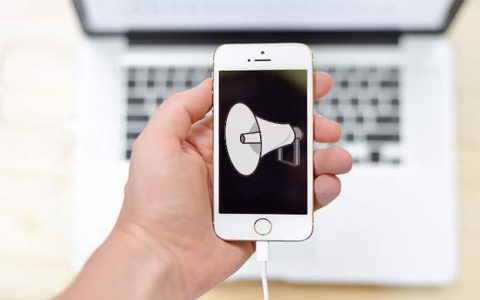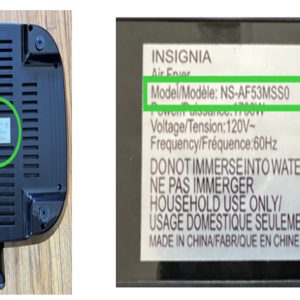Follow these platform-agnostic and device-specific steps to maximize your phone's speaker volume safely and effectively.
Universal Techniques for All Phones
- Clean speaker grilles meticulously: Use a soft brush or compressed air to remove lint and debris blocking sound output. Ensure microphones (top/bottom edges) are also clean.
- Remove protective cases: Thick cases, especially those covering the speaker area, significantly muffle sound. Test volume after removal.
- Position speakers correctly: Cup your hand behind the phone or lay it speaker-down on a resonant surface (like a wooden table) to amplify sound naturally.
- Check Media Volume isolation: Increase volume using hardware volume buttons during playback. Confirm "Media" volume is maximized in phone settings.
- Disable volume limiters: Check Settings > Sound > Volume options for any "Safe volume" warnings and disable restrictions if applicable.
- Test various audio sources: Ensure the issue isn't specific to a low-bitrate file or streaming app.
Android-Specific Optimization
- Enable Developer Options: Go to Settings > About Phone and tap "Build Number" 7 times. Enter Developer Options.
- Disable Absolute Volume (if unstable): In Developer Options, toggle "Disable Absolute Volume" if experiencing Bluetooth conflicts or inconsistent levels.
- Leverage Adaptive Sound (Pixel/Samsung): Enable Adaptive Sound under Sound settings to optimize output for your environment.
- Adjust Sound Quality & Effects: Navigate to Sound Settings > Sound Quality and Effects. Toggle on available enhancements like Dolby Atmos or equalizers.
- Disable App-specific volume adjustments: For apps like YouTube, disable "Allow app to change volume" in the app's notification settings.
iPhone-Specific Optimization
- Ensure Mono Audio is OFF: Go to Settings > Accessibility > Audio/Visual. Disable "Mono Audio" unless specifically required.
- Disable Volume Limit: Navigate to Settings > Music > Volume Limit. Ensure the volume limiter is either disabled or set to maximum.
- Turn Off Sound Check: Within Settings > Music, disable "Sound Check" which normalizes audio levels, often reducing peak loudness.
- Adjust EQ Settings: Go to Settings > Music > EQ. Select "Late Night" or "Loudness" for perceived volume boost. Avoid "Reduce Loud Sounds" in Settings > Sounds & Haptics.
- Reset Audio Settings: If issues persist, go to Settings > General > Transfer or Reset iPhone > Reset > Reset All Settings (this preserves data but resets preferences).
Important Considerations
- Avoid Third-Party "Volume Boost" Apps: They often cause distortion, damage speakers, or pose security risks by overriding safe gain limits.
- Prevent Permanent Speaker Damage: Sustained loudness at maximum levels exceeding hardware limits can blow speakers. Distortion is a warning sign.
- Bluetooth/Wired Speaker Alternative: For prolonged loud audio needs, external speakers offer superior volume and clarity without stressing internal components.
- Battery Impact: Maximum volume usage significantly increases battery drain.












